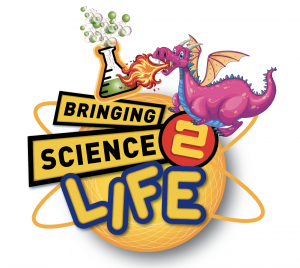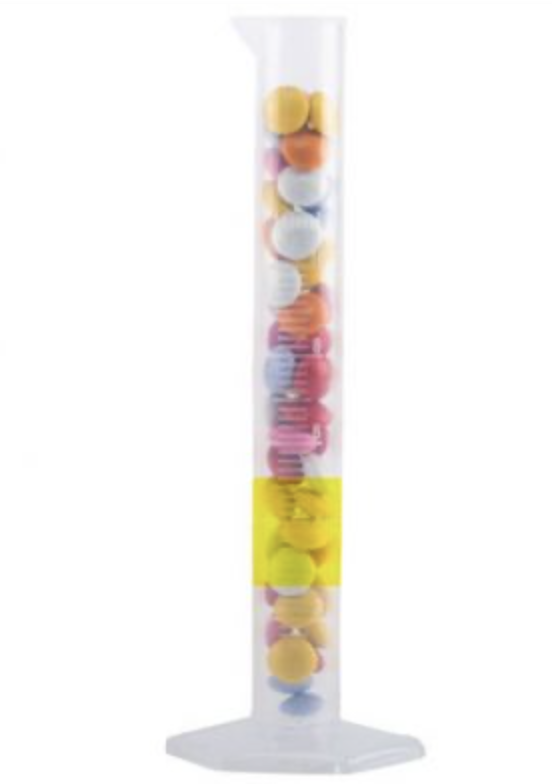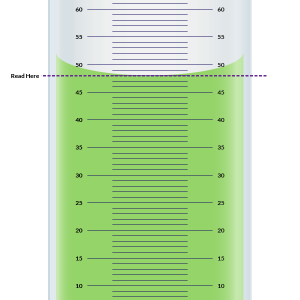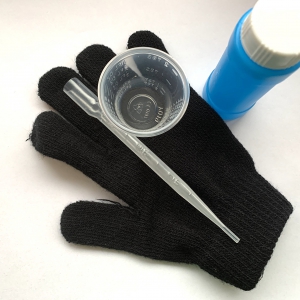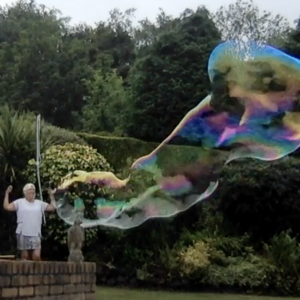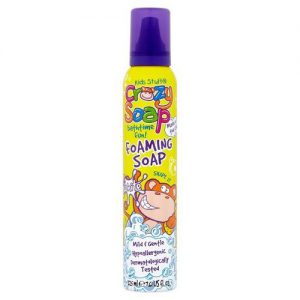Description
PLASTIC GRADUATED MEASURING CYLINDER 10 ml
This translucent measuring cylinder is perfect for primary science experiments.
- Moulded graduations in 0.2 ml divisions from 1 ml to 10 ml
- Numbered graduations: 2 ml, 4 ml, 6 ml, 8 ml, 10 ml
- Hexagonal base
- Pouring spout
- Hard wearing plastic – polypropylene
- Dishwasher safe
Ideal for use as a prop in Harry Potter or Breaking Bad themed parties!
SI Units
Scientists never just grab handfuls of chemicals and toss them together. Accurate, precise measurement is a fundamental component of good science. To standardise measurements across all scientific disciplines scientists developed the International System of Units, known as SI Units. Even with a standardised system, there is room for uncertainty in the laboratory. Minimising this uncertainty ensures proper understanding of a process or experiment.
Scientific measurements use units to quantify and describe the magnitude of something.
There are many different units for the measure of length: inches, feet, centimetres, etc.
Using common units, scientists from different countries and cultures can easily interpret each others’ results.
The current list of SI units are: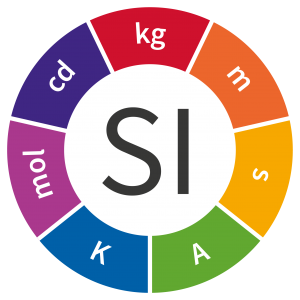
- Metres (m) for length
- Litres (L) for volume
- Kilograms (kg) for mass
- Seconds (s) for time
- Kelvin (K) for temperature
- Ampere (A) for electrical current
- Mole (mol) for amount of substance, and
- Candela (cd) for luminous intensity.
